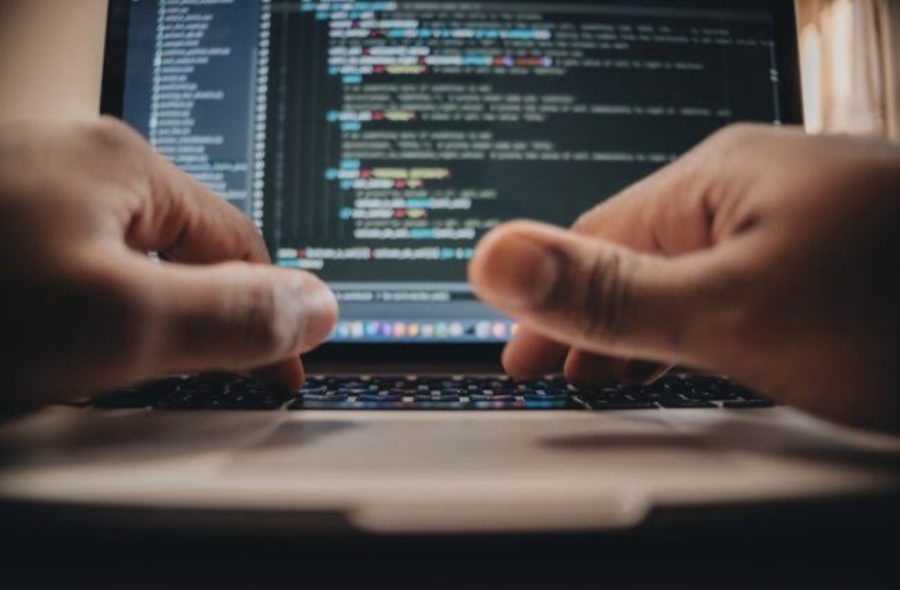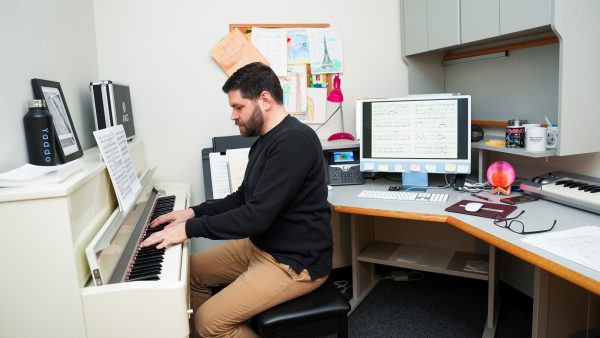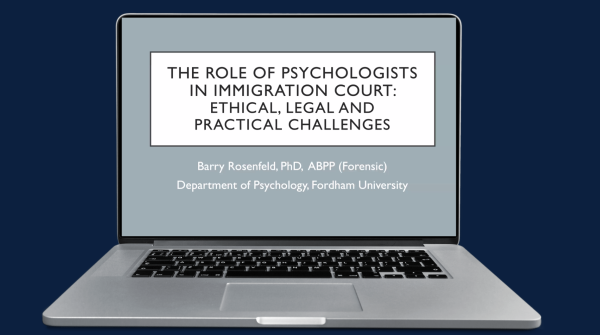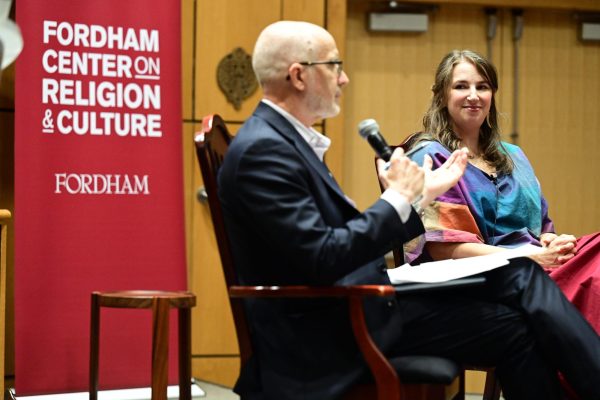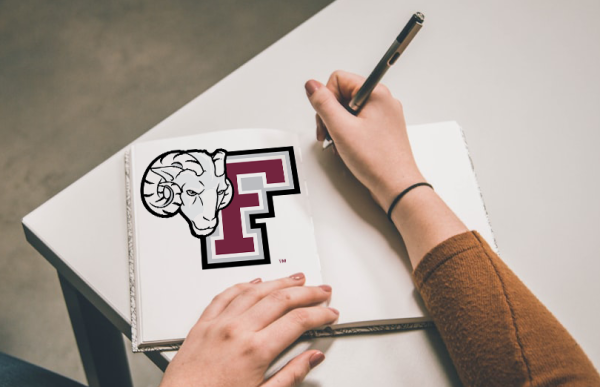Junior Researches Physics to Create Educational Website
Jan Bierowiec, FCRH ’24, has been conducting research in physics, specifically creating a website called Physim whose goal is to teach introductory physics material to students through the use of simulations and supplementary material. Physim is distinguished from other popular simulation tools like Phet and Applets because Bierowiec has also incorporated textbook material explaining the formulas within the simulations; moreover, he has included simulations that place this theoretical material into real-world examples rather than just the basic simulation explaining a concept. Finally, Bierowiec’s project includes programming exercises that allow students to garner a basic understanding of how physics examples work through coding and a Latex feature that allows students to print out the examples that they have been working on to have a more traditional pen-and-paper way to work through the material if they desire it.
Bierowiec, who is advised by Dr. Christopher Aubin of the physics department, started this project last summer and hopes to finish it this coming summer, and then work on testing the effectiveness of his program next fall, basing its effectiveness on student performance increases before and after using the program. Bierowiec has started with introductory physics material, but hopes to add higher level physics material farther down the line.
Coding has been the main focus of Bierowiec’s work on this project thus far. “Usually, I would spend 10 hours a week working on either a simulation, coding up a worksheet or creating a programming exercise.” Bierowiec’s program has many simulations involved; on the topic of vectors alone, there are over 70 simulations, and Bierowiec projects that by the time he is finished, each section of his program will have 20-30 simulations. “This is so students could constantly have practice, see the difference between two dimensions and three dimensions, how that affects the physics formulas, how that affects the properties and whatnot,” Bierowiec explained.
To begin, Bierowiec started out considering how to make the simulations, because there were a lot of different libraries that were available to him to make the simulations in. He eventually settled on using p5.js, which allows the programmer to type up some code in JavaScript, creating the simulation, and then displaying the simulation on a browser. Bierowiec decided that this was the best way to show the simulations. The time that Bierowiec has to dedicate to coding changes depending on the simulation; for example, he is currently working on area and volume simulations that are relatively simple to code, but he has also undertaken more complex simulations like free fall problems, which took him about a week to complete.
Bierowiec’s interest in this project initially started during his own physics education. “I was sitting in my classical mechanics class, not understanding anything in regards to wave damping, so I was thinking, ‘How can I understand this and visualize this?’”
This made Bierowiec want to create a website that would help physics students see how physics concepts relate to the real world, instead of just learning the theory and the formulas without understanding how they are applicable on a larger scale.
After hopefully finishing introductory physics by this summer and then collecting data on student performance in the fall, Bierowiec is planning on taking a step back from this project. However, he hopes to continue to work on the simulations in graduate school. “Once it’s fully completed, which I don’t know if that will be ten years, maybe fifteen, the goal behind it is to maybe create a business out of it; have students learn physics not only at the introductory level… but also, learn it at higher levels.”
Most simulations that currently exist are for introductory physics, but higher level physics students like Bierowiec himself could also benefit from having access to simulations to visualize more complex concepts.
Bierowiec also envisions these simulations as being a new style of learning, functioning as an online textbook that is more interactive for students. For himself, working on this project has helped him relearn physics concepts and delve deeper into the field of computational physics, which he hopes to continue in his future. “I feel like that will be the best takeaway from this project: giving to students, giving to professors and also giving myself a little experience.”





































































































































































































